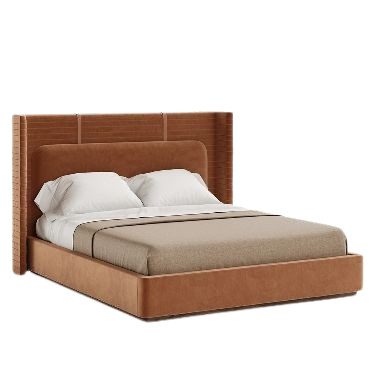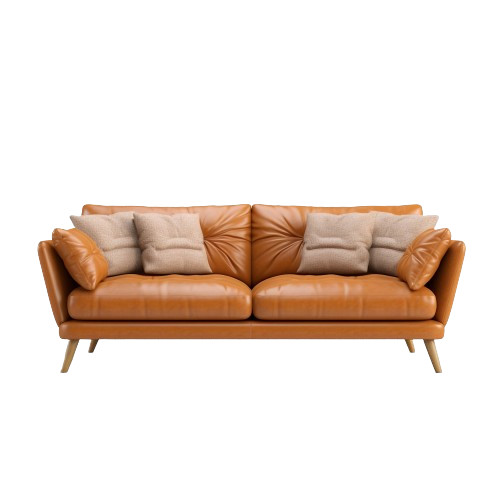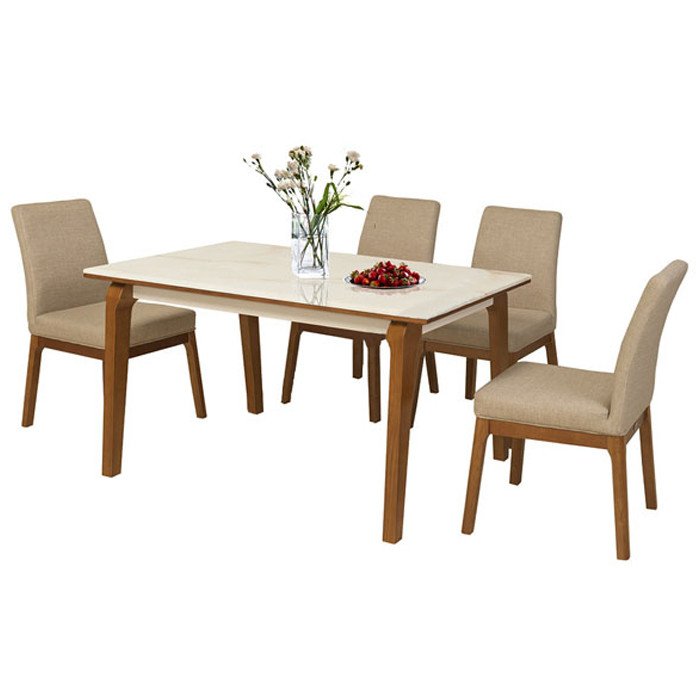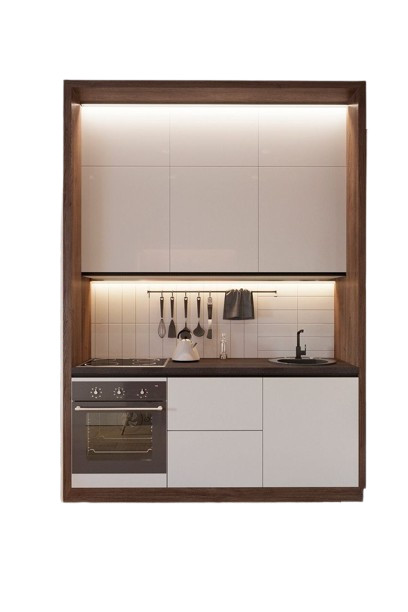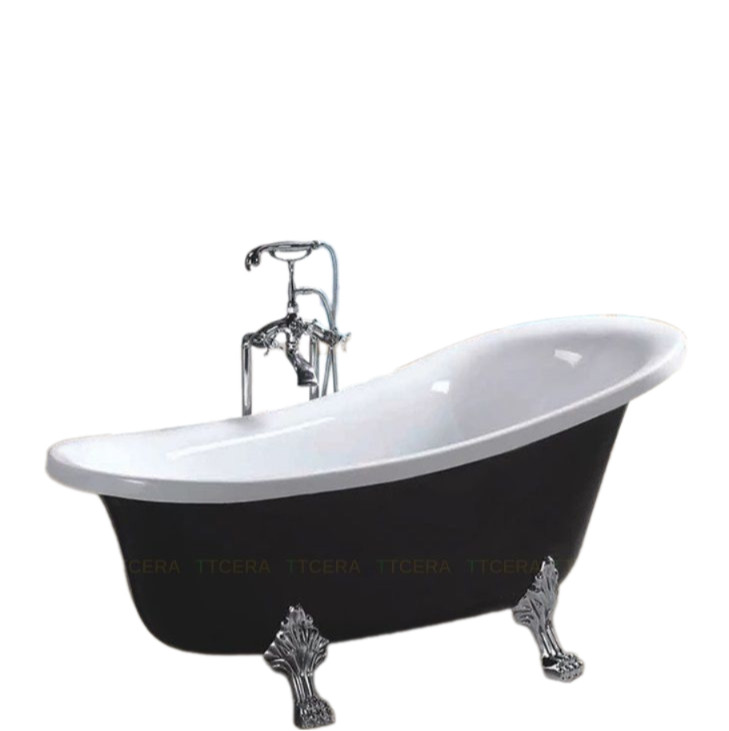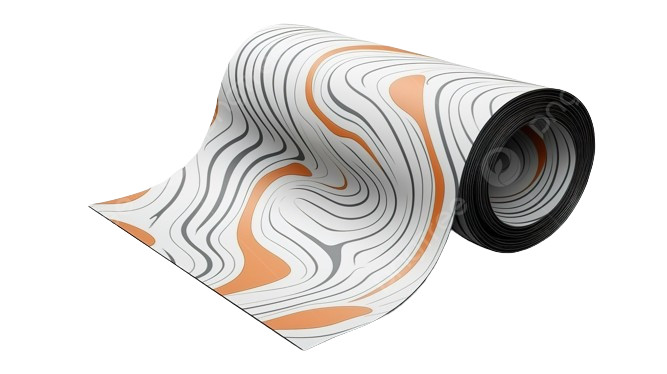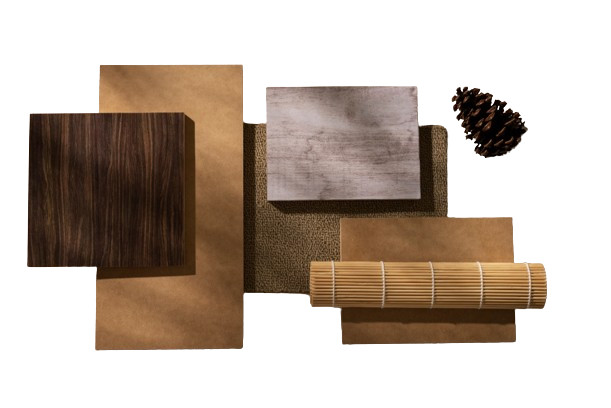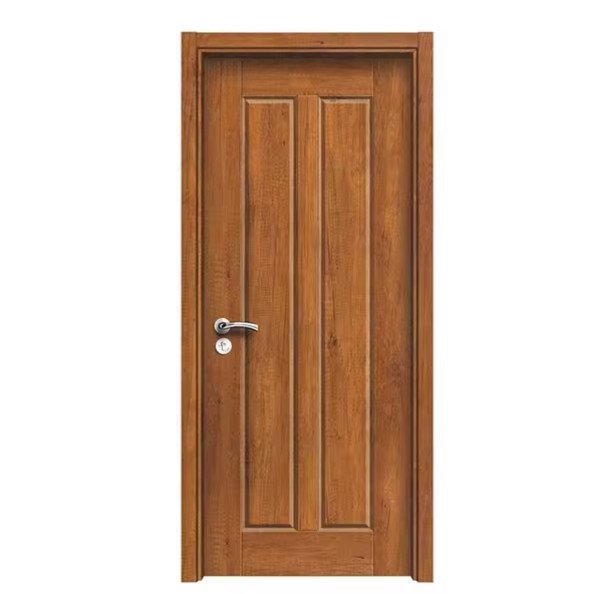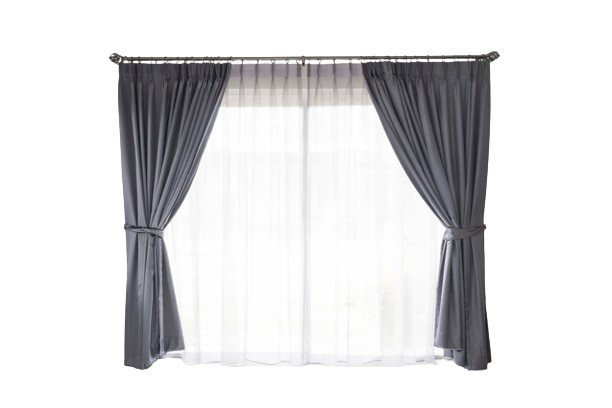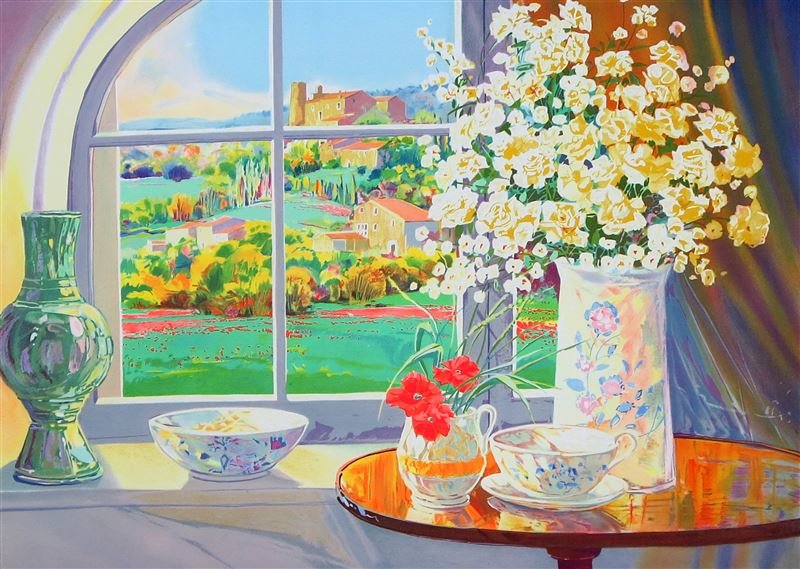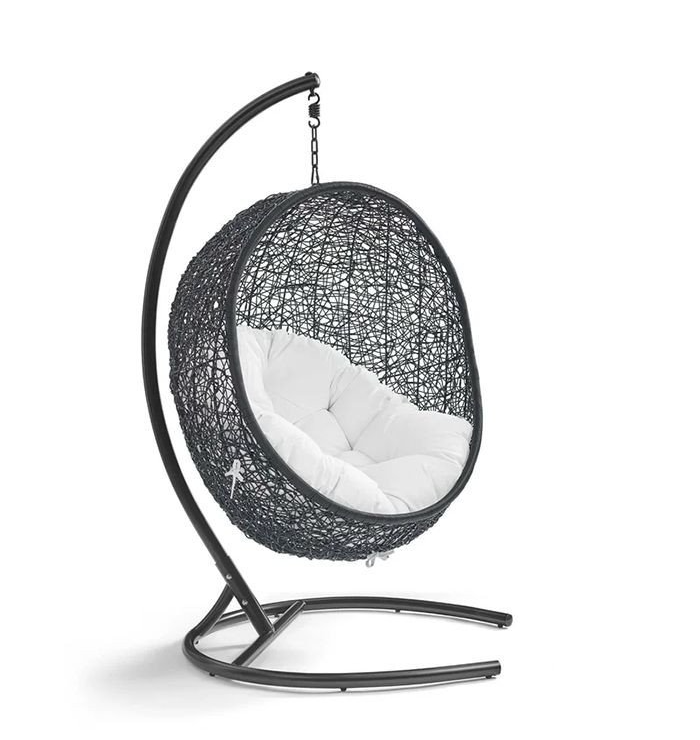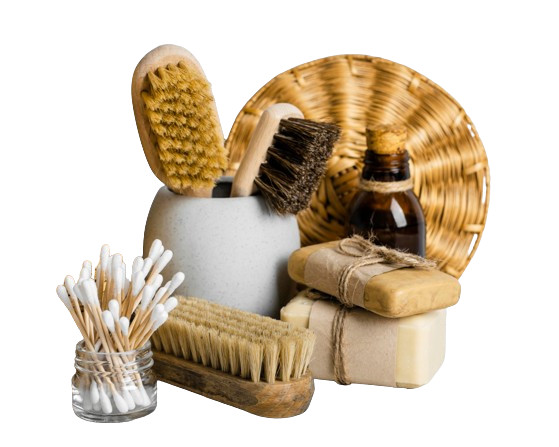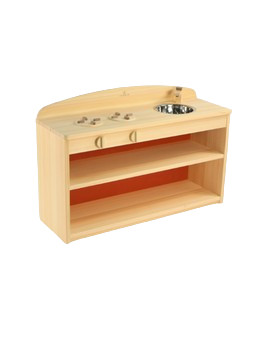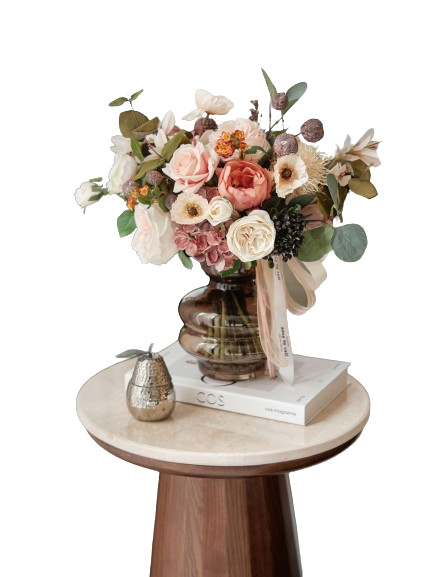SIMILAR POINTS OF VIEW
THE RELATIONSHIP BETWEEN ARCHITECTURE AND SCULPTURE
Architecture and sculpture are two art disciplines that share many parallels and distinctions. It is vital to study to understand and distinguish between architecture and sculpture. This will assist architects and sculptors in completing their works and works more logically.

 Denver Art Museum (Studio Libeskind – Denver, Colorado, U.S.A, 2006)
Denver Art Museum (Studio Libeskind – Denver, Colorado, U.S.A, 2006)
1. Architecture and sculpture together reflect the perception of social life, expression, and exchange
 Expression and exchange are human necessities, but they are also crucial and required as an element in the survival and development of society. Artists in general, and architects and sculptors in particular, all aim to express their thoughts, souls, and sentiments about nature and people... through their works of art. And those ideas and sentiments will be felt by viewers when they stand in front of their creations. Works of art endure forever because of this nonverbal communication, transcending geography and time.
Expression and exchange are human necessities, but they are also crucial and required as an element in the survival and development of society. Artists in general, and architects and sculptors in particular, all aim to express their thoughts, souls, and sentiments about nature and people... through their works of art. And those ideas and sentiments will be felt by viewers when they stand in front of their creations. Works of art endure forever because of this nonverbal communication, transcending geography and time.

2. Architecture and sculpture satisfy the desire to find beauty


Constantly pursuing beauty is an instinctive spiritual yearning of human beings, which occasionally outweighs utilitarian good aspects. Humans are continually aware of their surroundings, always feeling, imagining, and wishing for the best in some way. It is possible to produce psychological delight by watching objects, then imagining and developing things with imagination - people come to art because they look for beauty! Artistic creation is the process of incorporating into work the key ingredients that are distilled from specific items through human imagination and creativity to generate aesthetic effects. the process of making something more beautiful.

3. Architecture and sculpture both beautify the environment, beautify life

Individuals continuously look for ways to improve their surroundings, from their living utensils to their homes and living environments... Sculpture and architecture are forms of art that date back to prehistoric times when people first learned how to employ them. Tools for cutting, carving, creating, and beautifying one's living environment. Architecture and sculpture, on the other hand, are realized art forms that can be directly perceived by sight, emotion, and even touch, and may exist in the natural world alongside rain. The sun, the wind... As a result, sculpture and architecture will always play an important role in beautifying the environment, enriching life, and are easily accepted by everybody.

4. Architecture and sculpture both bring memories, educate, and spread
The ideology of class and social system is one of the major social meanings of art and architecture. Primitive people built sculptural figures such as idols, effigies, dolls, and so on to adore, worship, and provide spiritual support for them, rather than to be viewed. They believe that these representations will shield them from otherworldly forces. Subsequently, the ruling class and religion used superstition to convert sculpture into a tool for oppressing citizens, flaunting their power and authority, and indicating the spread of an ideology and will. This is seen in the sculptural images of feudal society architecture, ranging from architectural designs to sculptural figures.
5. Architecture and sculpture are art associated with the natural environment
The intimate and unavoidable interaction between architecture, sculpture, and the natural environment has given rise to landscape art, in which architecture and sculpture are both key components in creating a physical setting. Quality and beauty are beneficial to human life. The following figure (diagram 1) depicts this relationship:
 Diagram: Landscape architecture is formed by natural and artificial elements and the intimate relationship between them
Diagram: Landscape architecture is formed by natural and artificial elements and the intimate relationship between them

ADORN MUSEUM
Location: O-1, TM.01, 1st Floor, Orchid 1 Tower, Hado Centrosa Garden No.200 3/2 Street, Ward 12, District 10, Ho Chi Minh City, Viet Nam.
Hotline: (+84) 28 3930 3428
E-mail: support@adornmuseum.com
Operation time:
8:30 - 17:30, Monday - Friday & 8:30 - 12:00, Saturday

